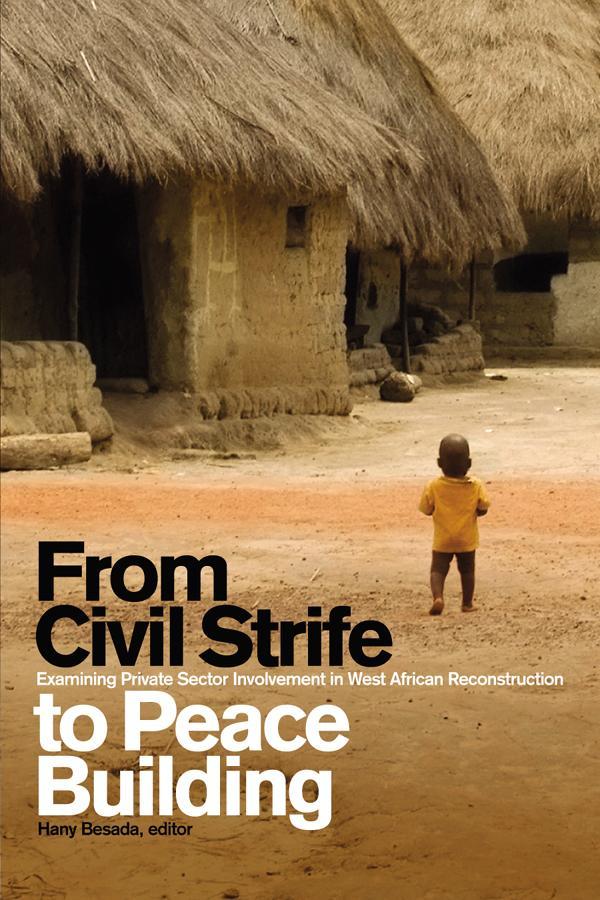

In 2017, for instance, nearly 8 million unimmunized infants resided in areas with civil strife, where a sizable number of them died from diseases that could have been easily and affordably prevented by vaccines. One underlying reason for this is that a sizable proportion of infants reside in areas with civil strife. There is increasing recognition from the global health community that the goal of equitably extending the benefits of immunisation to all infants is far from being achieved. There is also the need to rebuild destroyed facilities as well as to protect health facilities and staff from targeted violence. Besides the ongoing actions to contain the crises, effective strategies for reaching children in the conflict zones as well as the internally displaced population are needed. This decline could amplify the risk of vaccine preventable diseases vaccine preventable diseases outbreaks in the two regions. Our data demonstrates the marked negative impact of the ongoing civil strife on key immunisation outcomes in the two regions and the country at large. In the SW this proportion dropped from 16% in 2016 to 0 % in 2019. Similarly, the proportion of districts with DPT-3 coverage of at least 80% dropped from 75% in 2016 to 11% in 2019 in the NW. Reported immunisation coverage rates for key antigens including, BCG, DPT-3 and MR, witnessed a dramatic decline between 20, ranging from 22% points decline for BCG in the NW and to 42% points decline for DPT-3 in the SW.

A total of 26 facilities were destroyed and 11 healthcare workers killed in both regions. In the two regions, the security situation has deteriorated in almost all districts, which in turn has disrupted basic healthcare delivery in those areas. Summary statistics were used to estimate the variables of interest for each region for the years 2016 (pre-conflict) and 2019 (during conflict).

Completed forms were then reviewed for accuracy prior to data entry at central level. Methodsĭata were obtained from the standard EPI data reporting tool, the District Vaccine and Data Management Tool (DVDMT), from all the districts in the two regions. In this paper, we assessed the effect of the conflict on key immunisation outcomes in the North West and South West regions of Cameroon. However, little is known about the impact of the ongoing civil strife on the immunisation system in the Northwest (NW) and Southwest (SW) regions of Cameroon, which erupted in late 2016. Civil strife has long been recognized as a significant barrier in the fight against vaccine preventable diseases in several parts of the world.


 0 kommentar(er)
0 kommentar(er)
